
Purple-faced Leaf Monkey
The purple-faced langur (Semnopithecus vetulus), also known as the purple-faced leaf monkey, is a species of Old World monkey that is endemic to Sri Lanka. The animal is a long-tailed arboreal species, identified by a mostly brown appearance, dark face (with paler lower face) and a very shy nature. The species was once highly prevalent, found in suburban Colombo and the "wet zone" villages (areas with high temperatures and high humidity throughout the year, whilst rain deluges occur during the monsoon seasons), but rapid urbanization has led to a significant decrease in the population level of the monkeys. It had traditionally been classified within the lutung genus Trachypithecus but was moved to the genus Semnopithecus based on DNA evidence indicating that is it more closely related to the gray langurs. In Sinhala it is known as ශ්රී ලංකා කළු වඳුරා [kʌlu vʌⁿðura] (Sri Lanka black monkey).
According to the Mammals of Sri Lanka, the 4 subspecies are recognized as follows.
Southern lowland wetzone purple-faced langur, Semnopithecus vetulus vetulus - "Color varies greatly. Black upper torso, light brown cap, well defined silvery rump patch that extends to legs. Prominent white whiskers. Tail is also white colored. Many white morphs are observed in this subspecies. They can be all-white to partly white leucistic."
Western purple-faced langur or north lowland wetzone purple-faced langur, Semnopithecus vetulus nestor - "It is the smallest of all subspecies. Upper torso dark grayish brown with light grayish brown rump patch, darker grayish brown legs and white cap."
Dryzone purple-faced langur, Semnopithecus vetulus philbricki - "Largest subspecies. Grayish brown torso, ill-defined grayish rump patch, dark cap. Prominent white cheeks with tufts. Exceptionally long slimy tail."
Montane purple-faced langur or Bear Monkey, Semnopithecus vetulus monticola - "Dark gray brown coat. Large but ill-defined grayish rump patch. Prominent white cheek tufts, light brownish gray cap. Fur long and shaggy due to habitat they live is cold."
All four recognizable subspecies exhibit different cranial and pelage characteristics, as well as body size. The western purple-faced langur is one of the 25 most endangered primates in the world. Most groups of langurs contain only one adult male.
A possible subspecies called Semnopithecus vetulus harti is recognized, but not yet given validity. This subspecies is known from some skins found from Jaffna peninsula and north of the Vavuniya. Uniquely, this subspecies has yellowish golden hair on its scalp and a golden sheen to its fur. Otherthan these differences, anatomy and all the other aspects are similar to the Semnopithecus vetulus philbricki.
Although traditionally classified within the genus Trachypithecus based on morphological similarities, DNA and vocal evidence suggests that the purple-faced langur actually is more closely related to the gray langurs of the genus Semnopithecus.
Bear or Montane Purple-faced Leaf Monkey (Semnopithecus vetulus monticola) Nuwara Eliya Horton Plains Sri Lanka






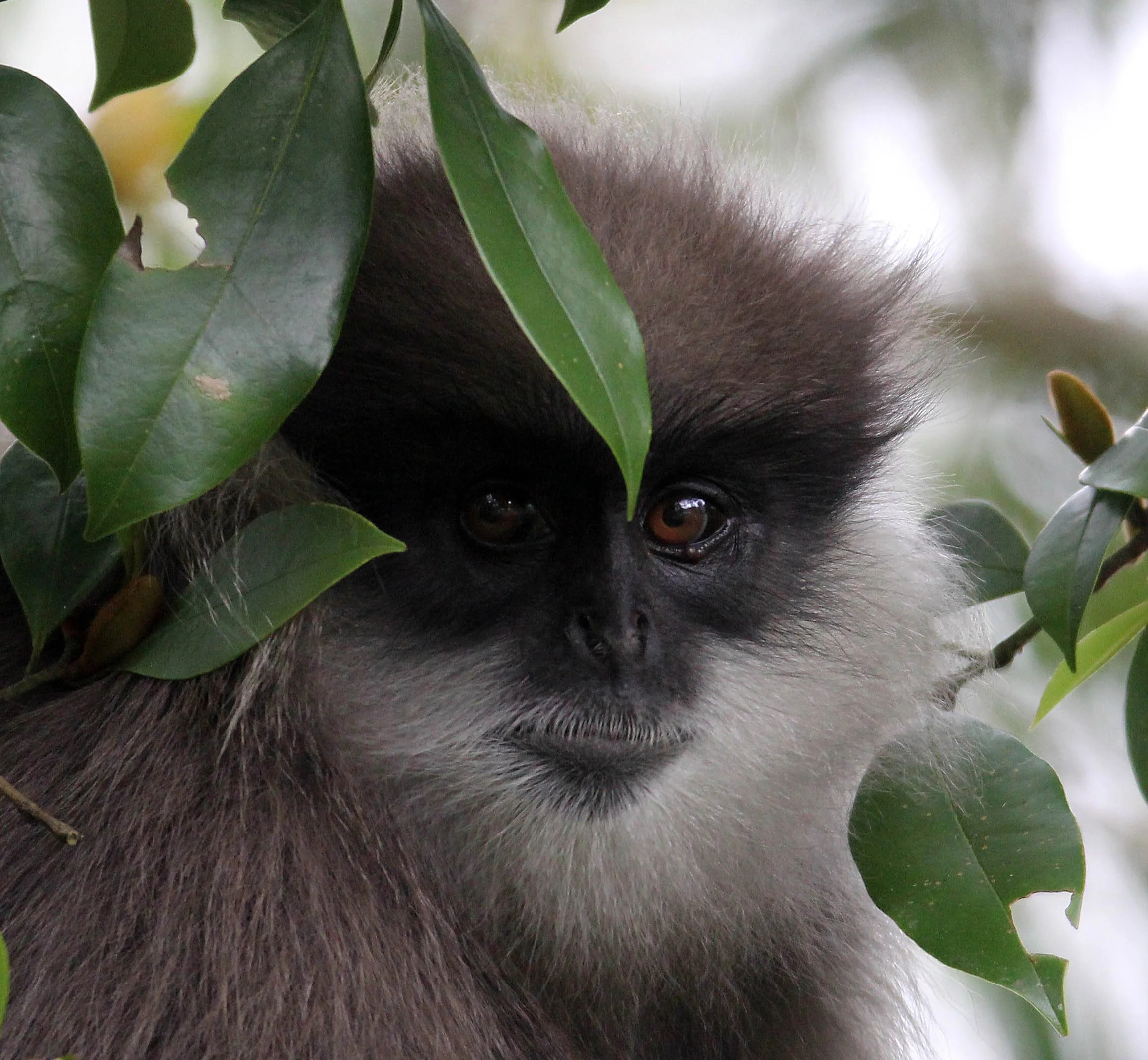

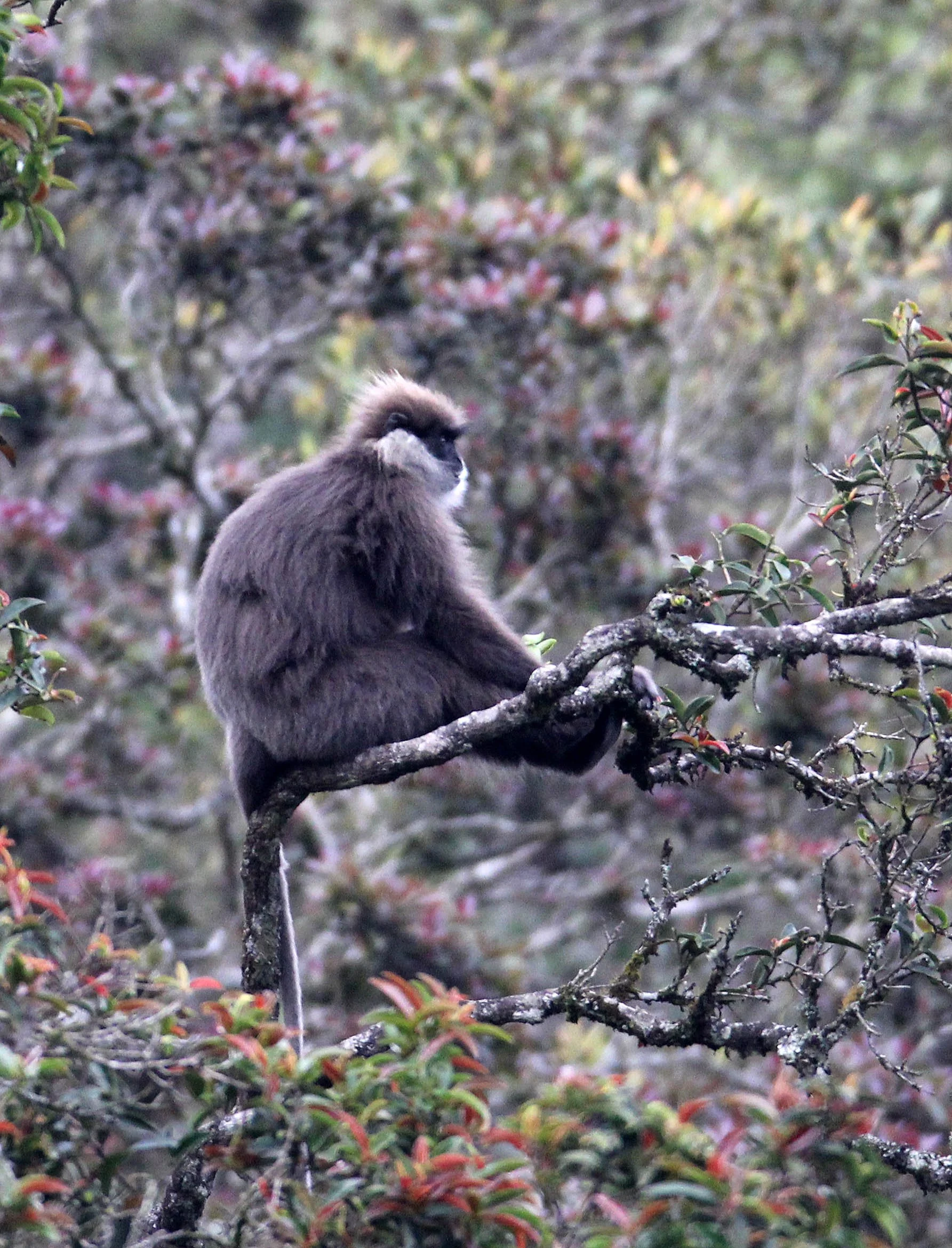

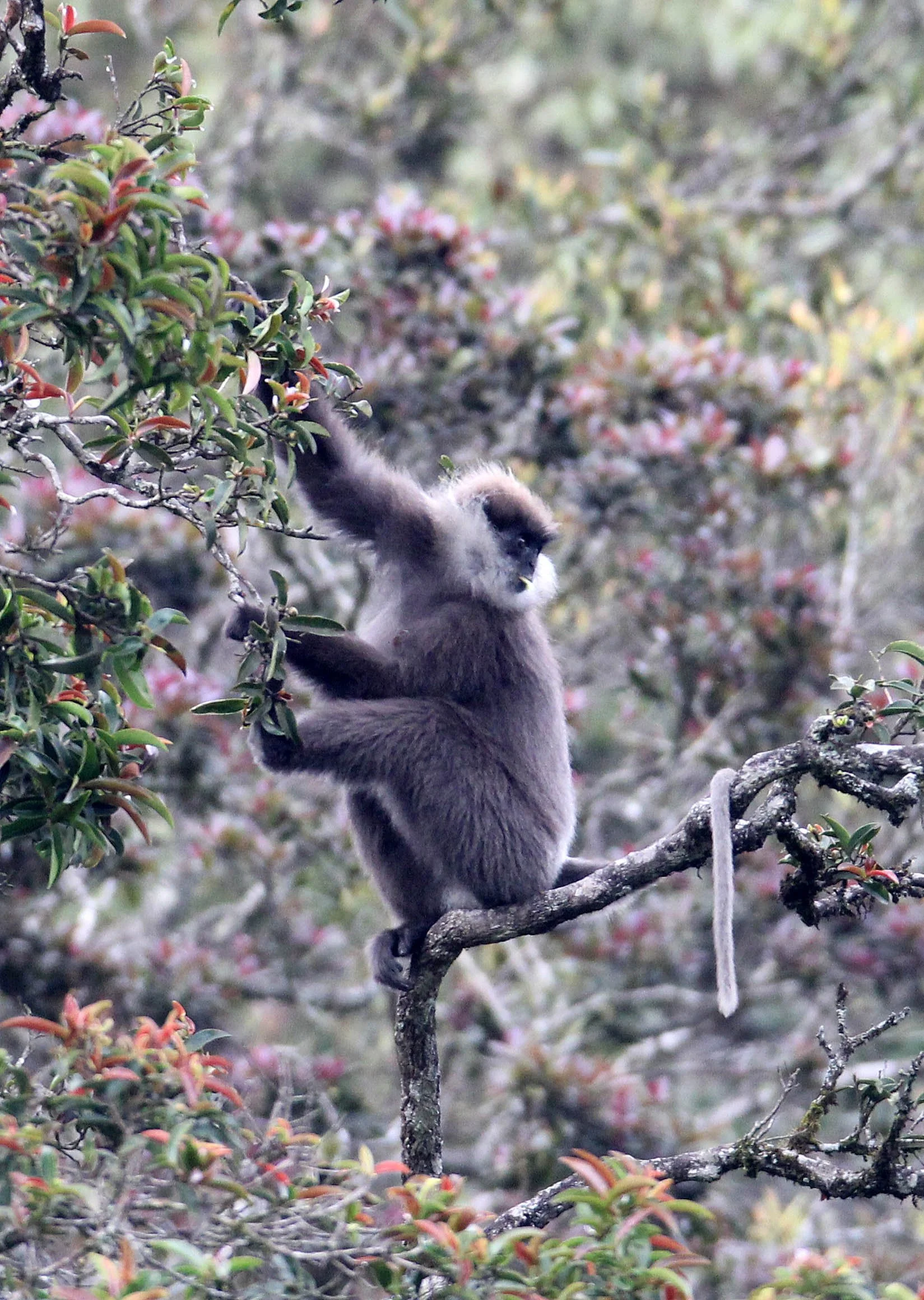

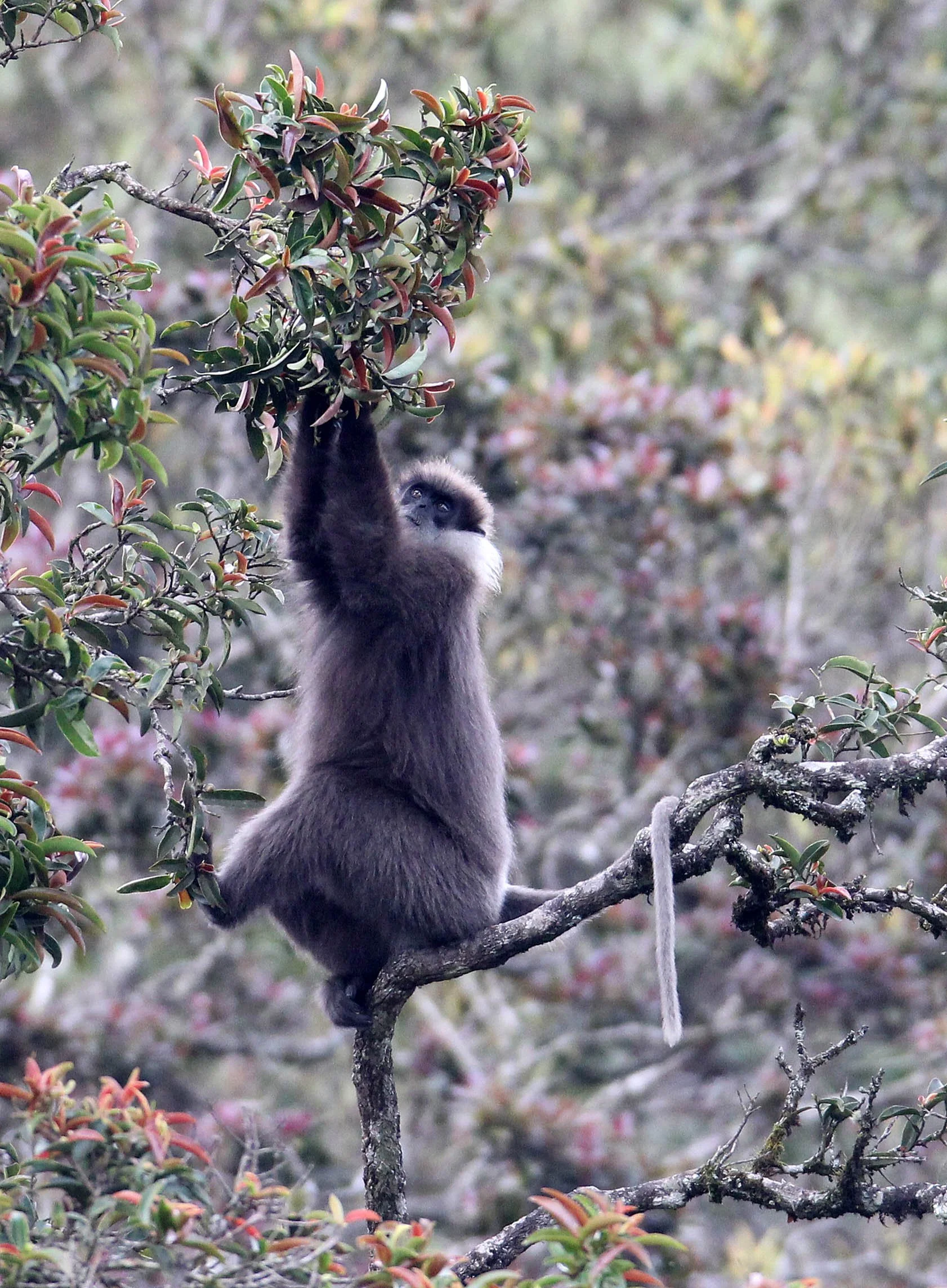

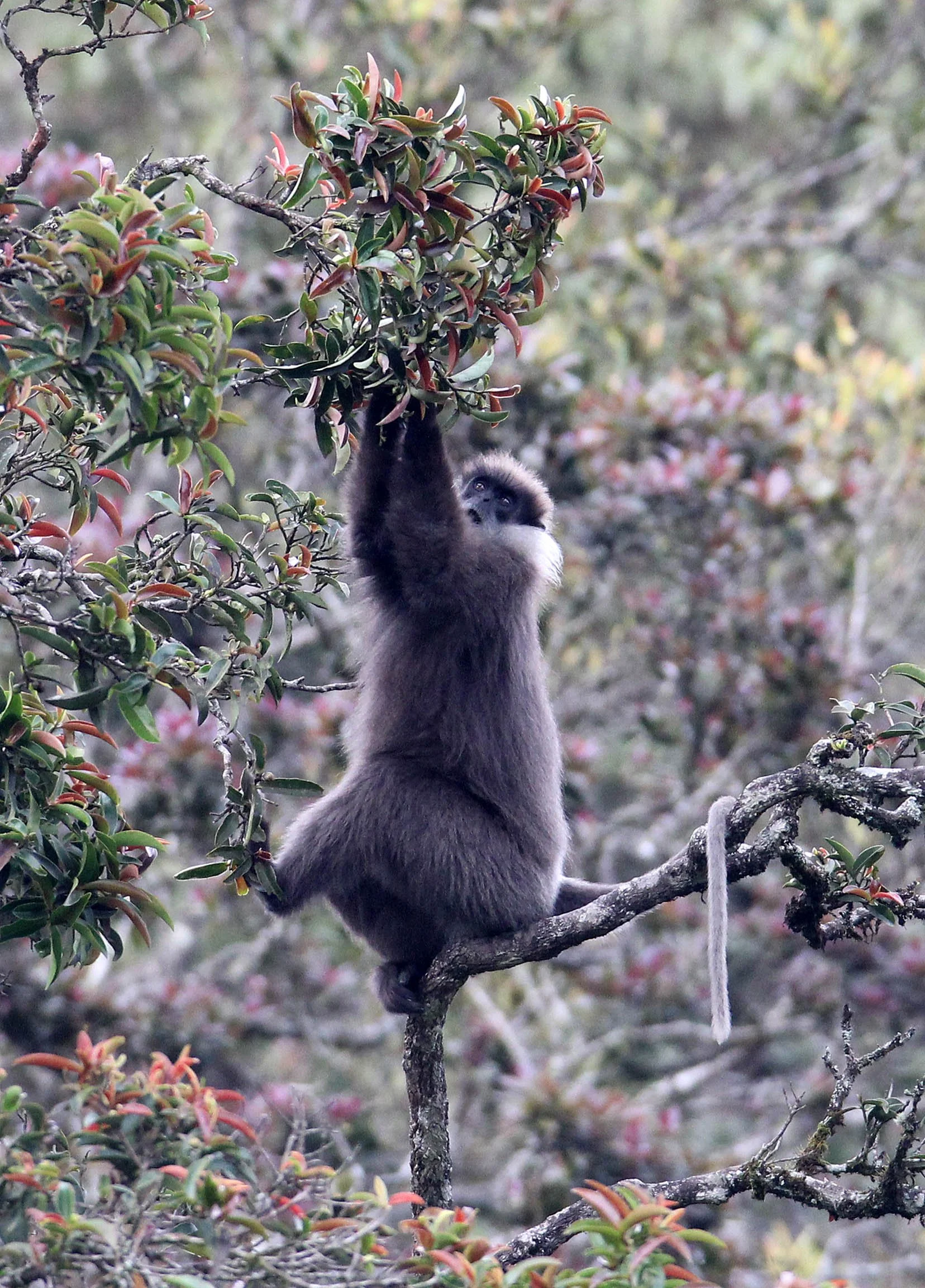







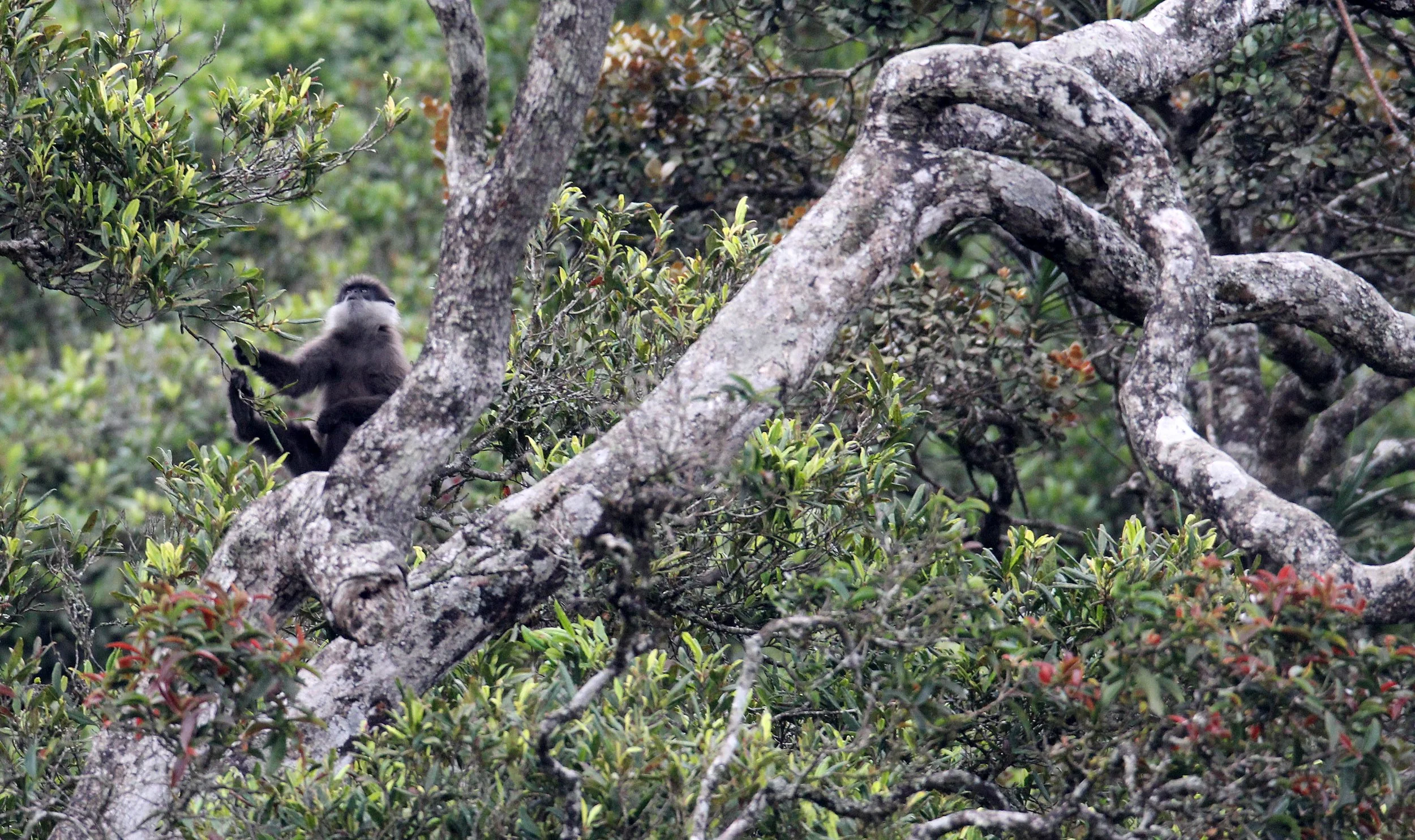




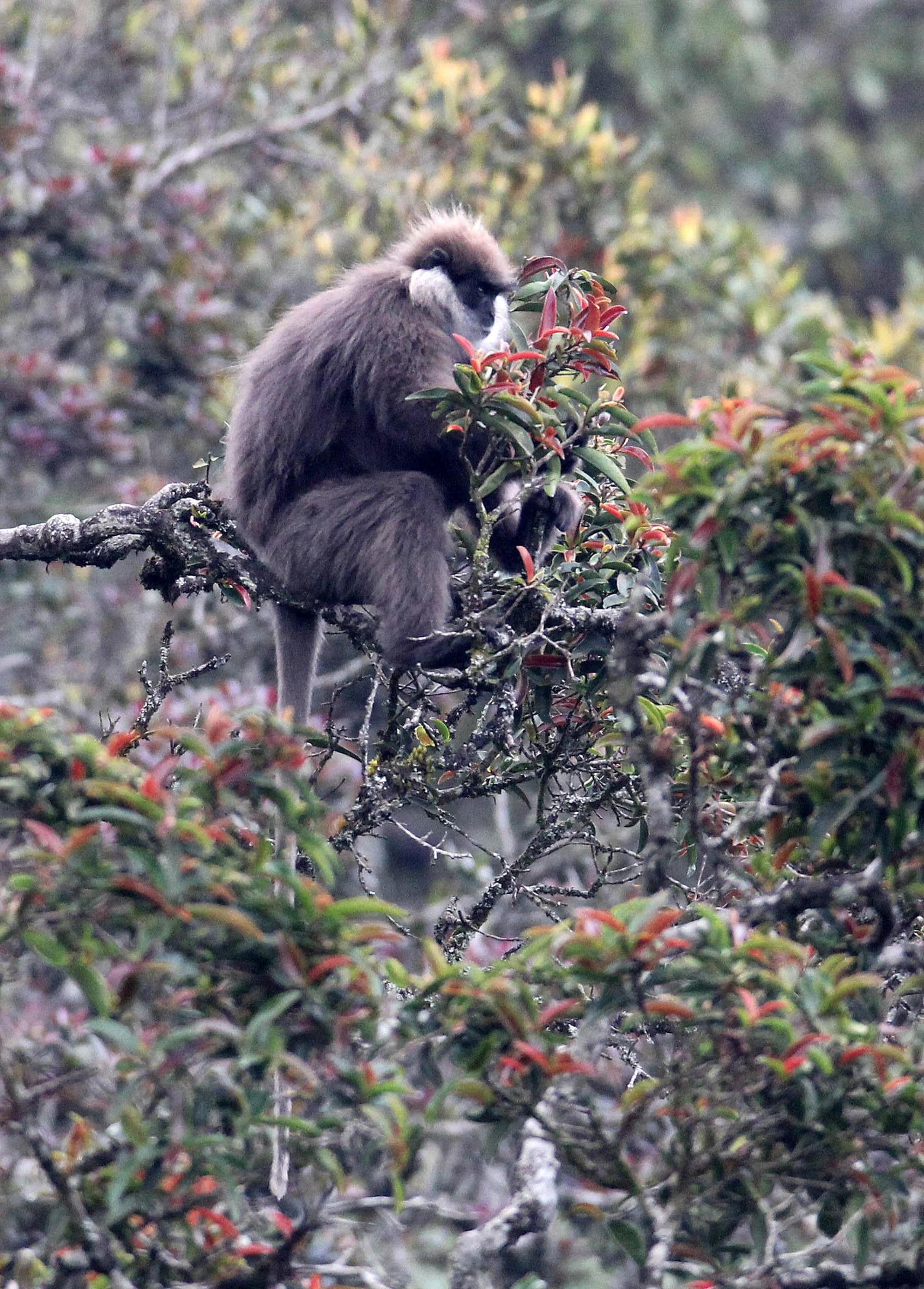
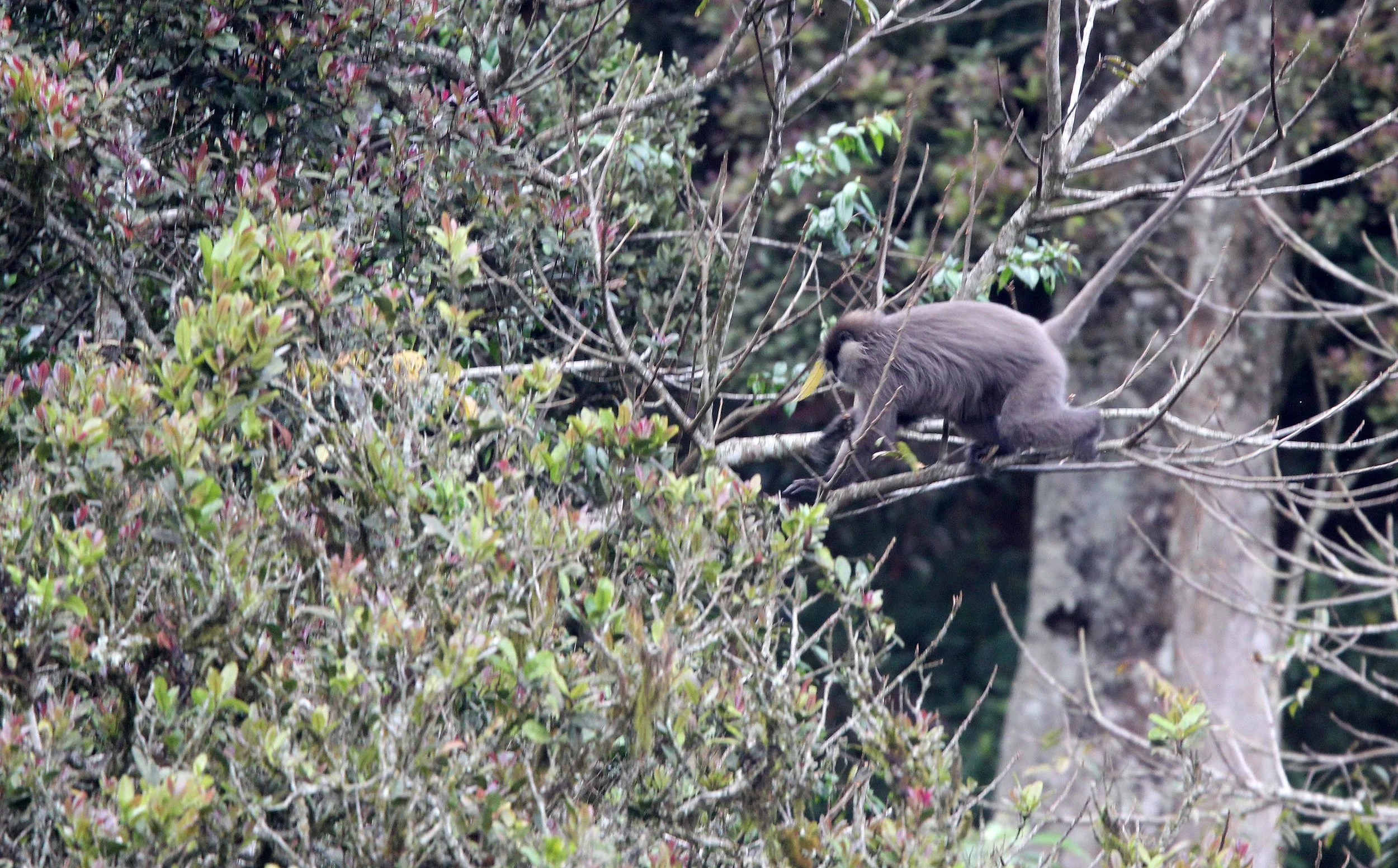


Wet Zone Purple-faced Leaf Monkey (Semnopithecus vetulus nestor) Singharaja National Park Sri Lanka











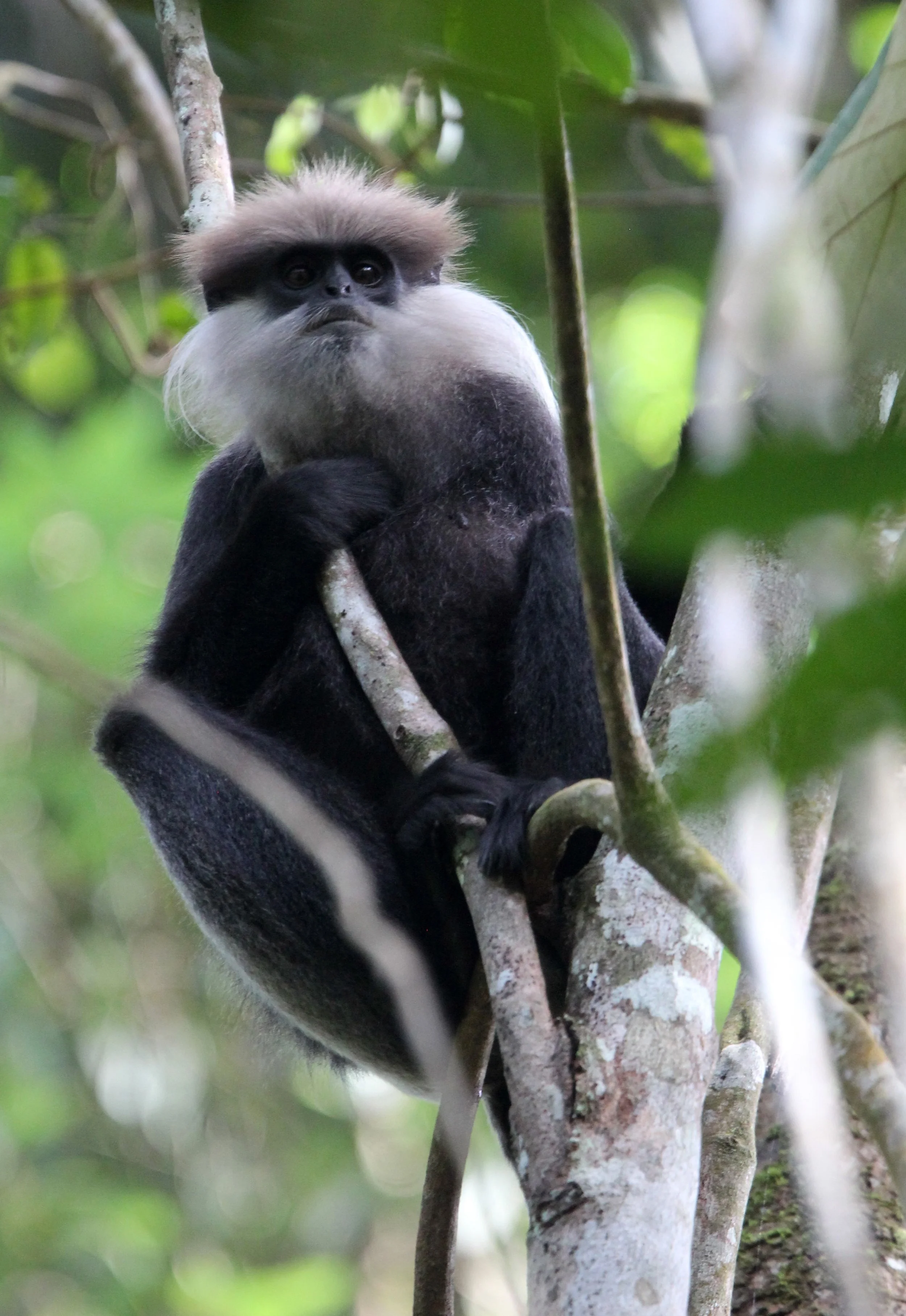


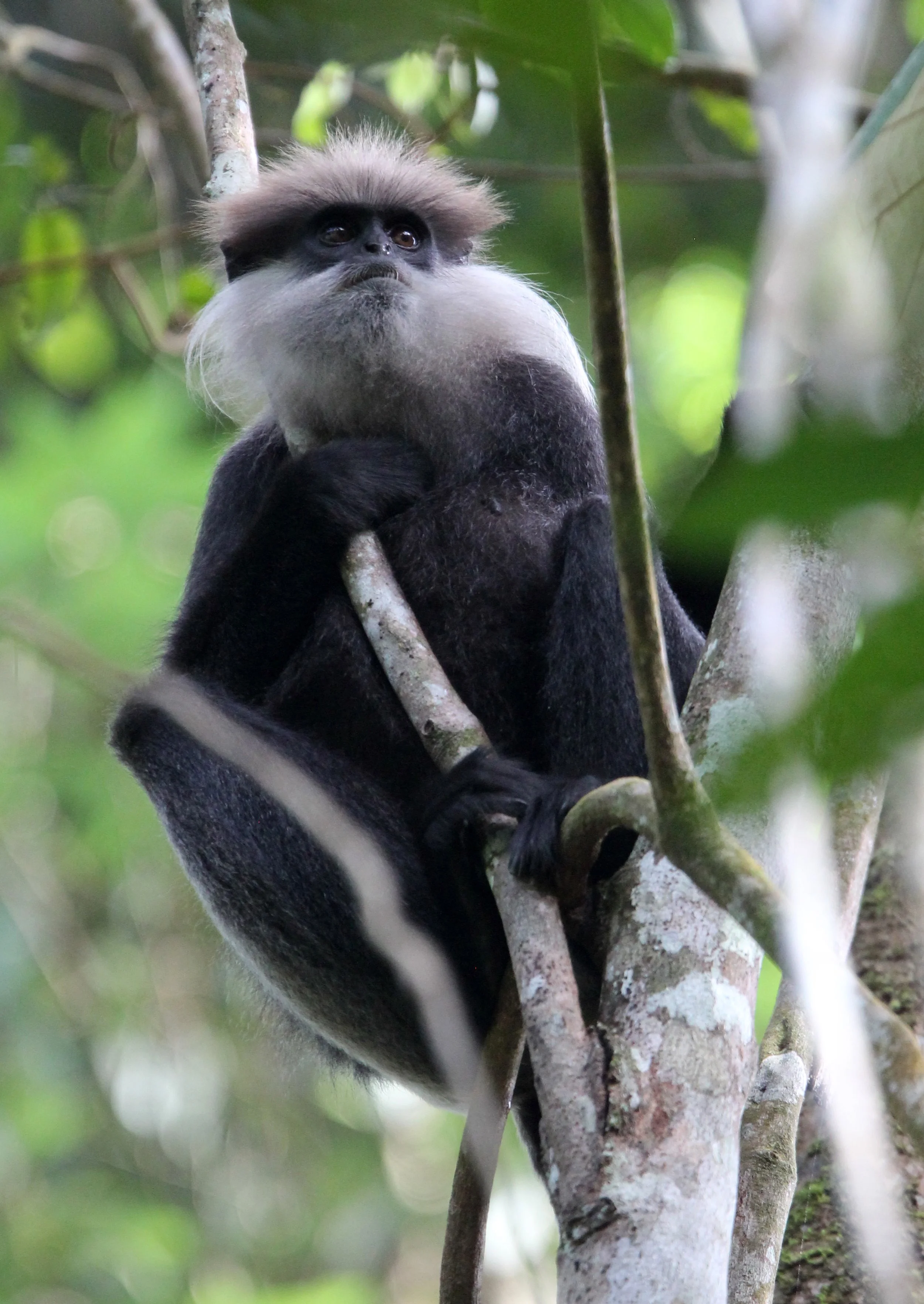


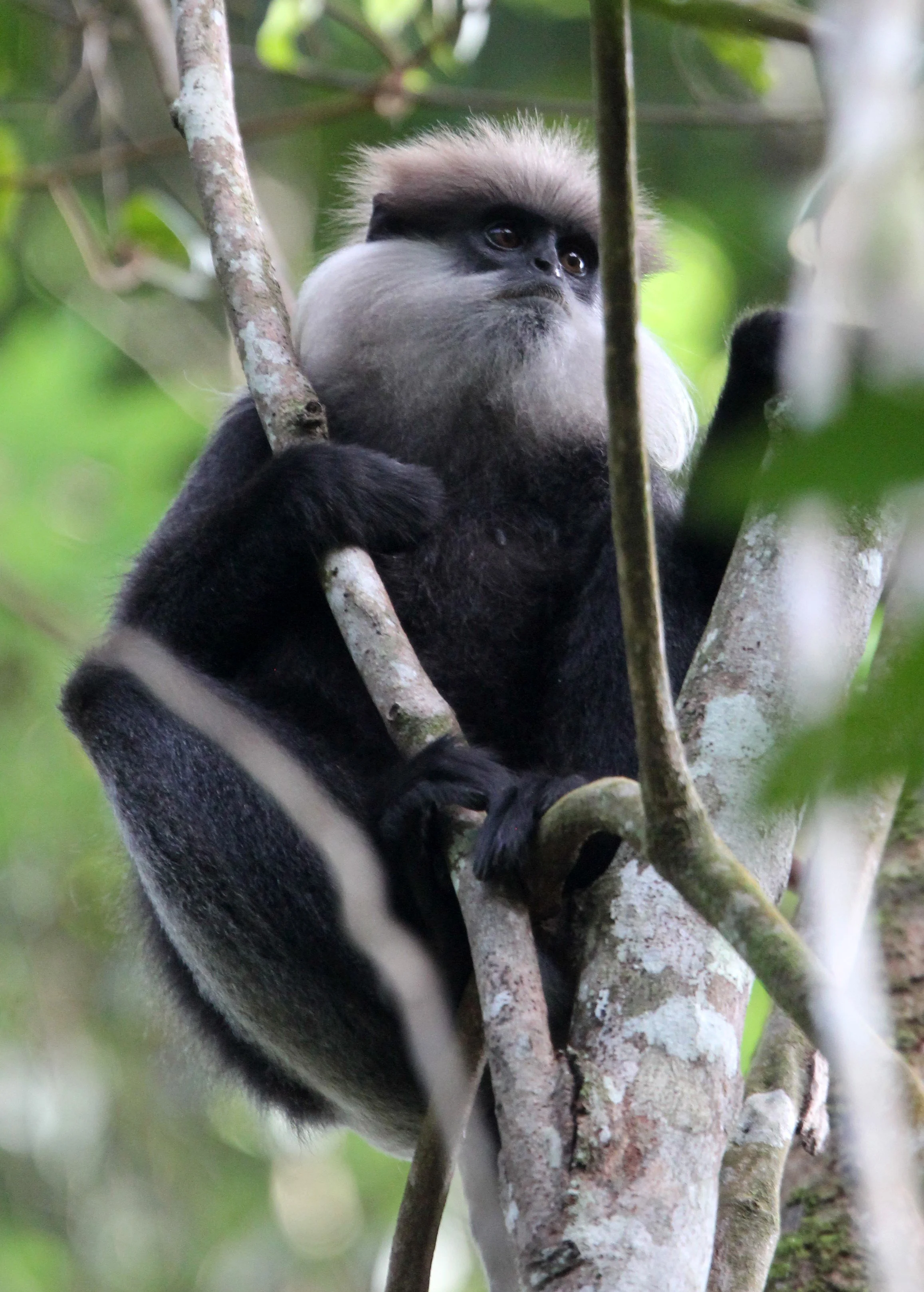
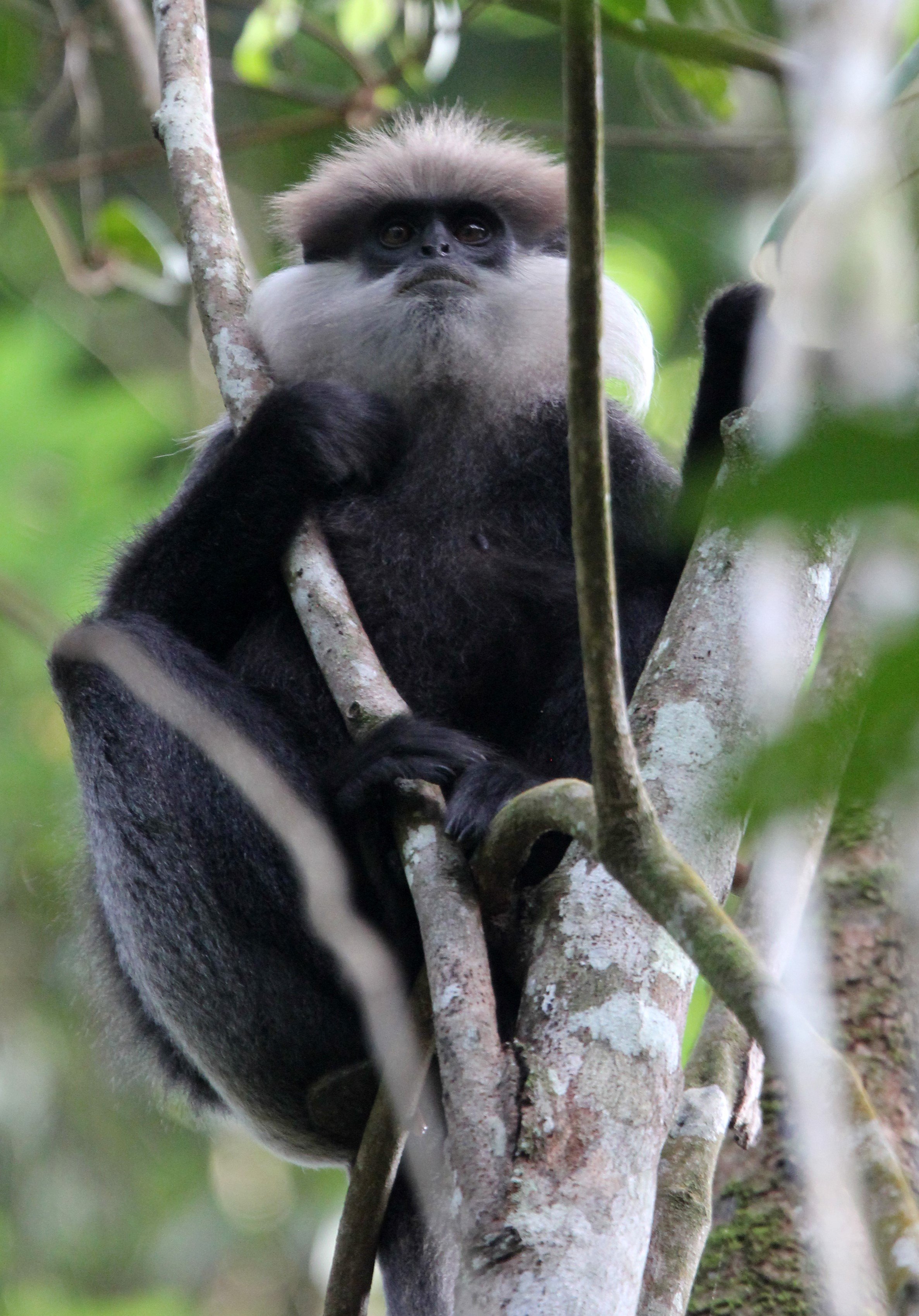








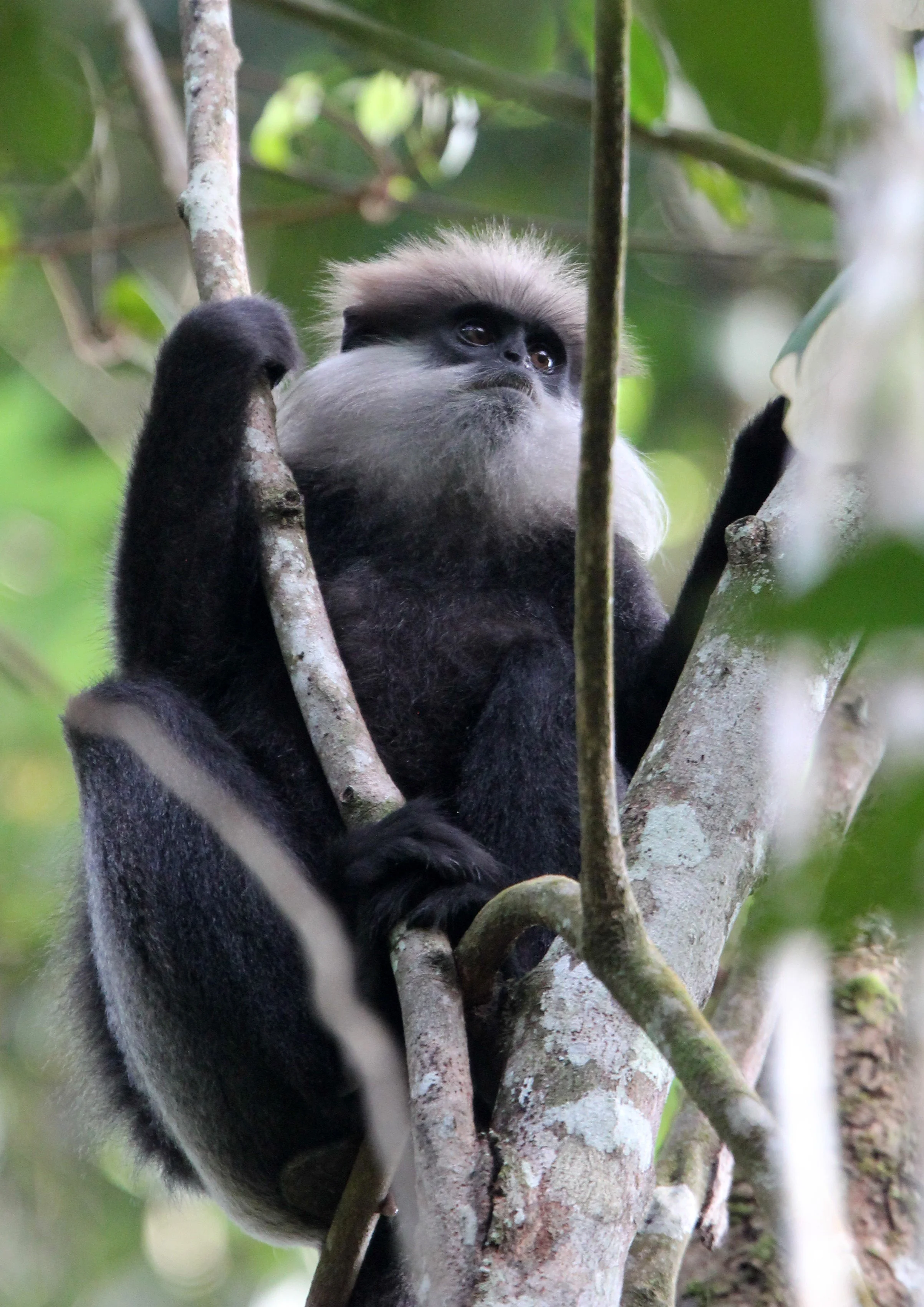
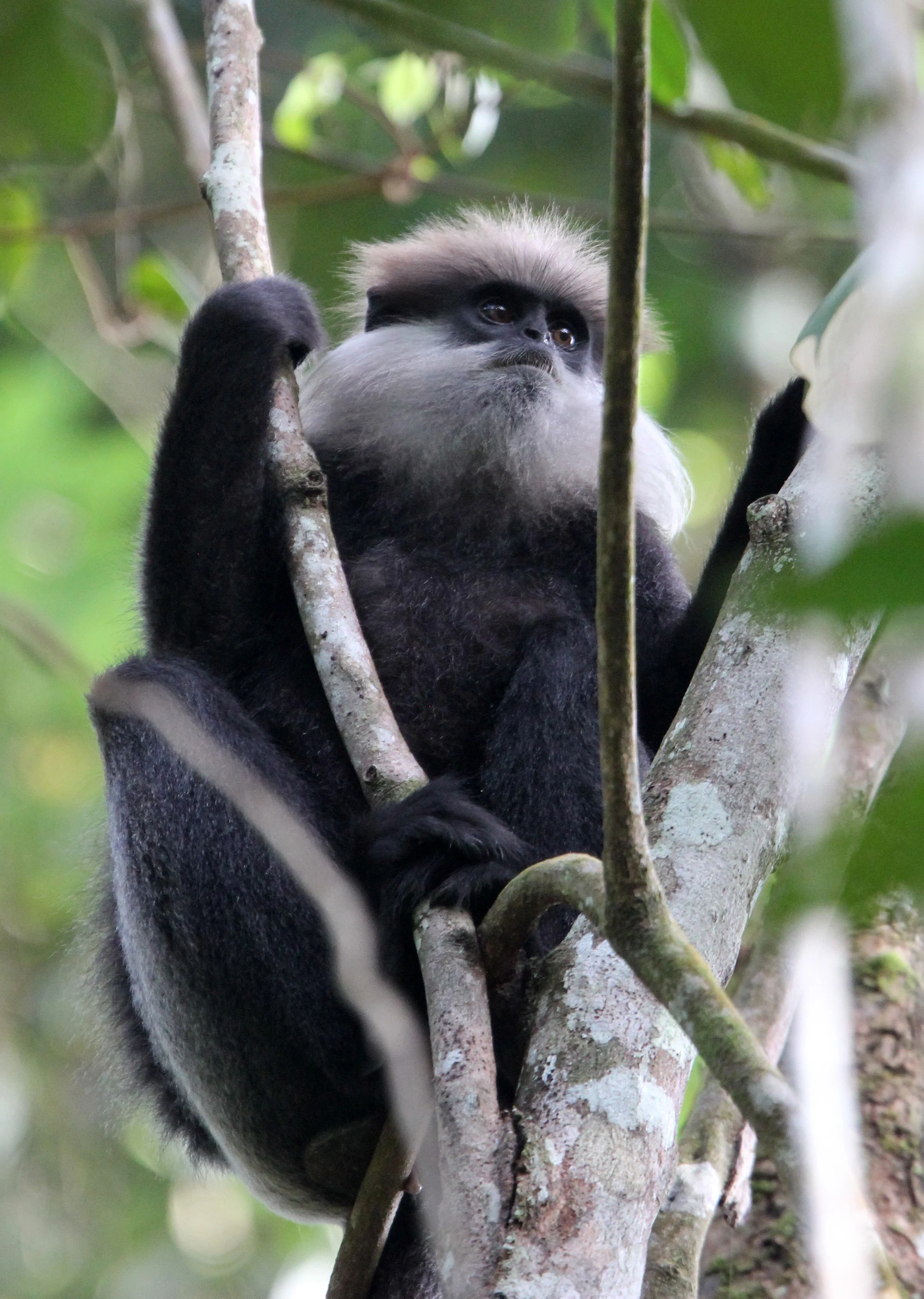












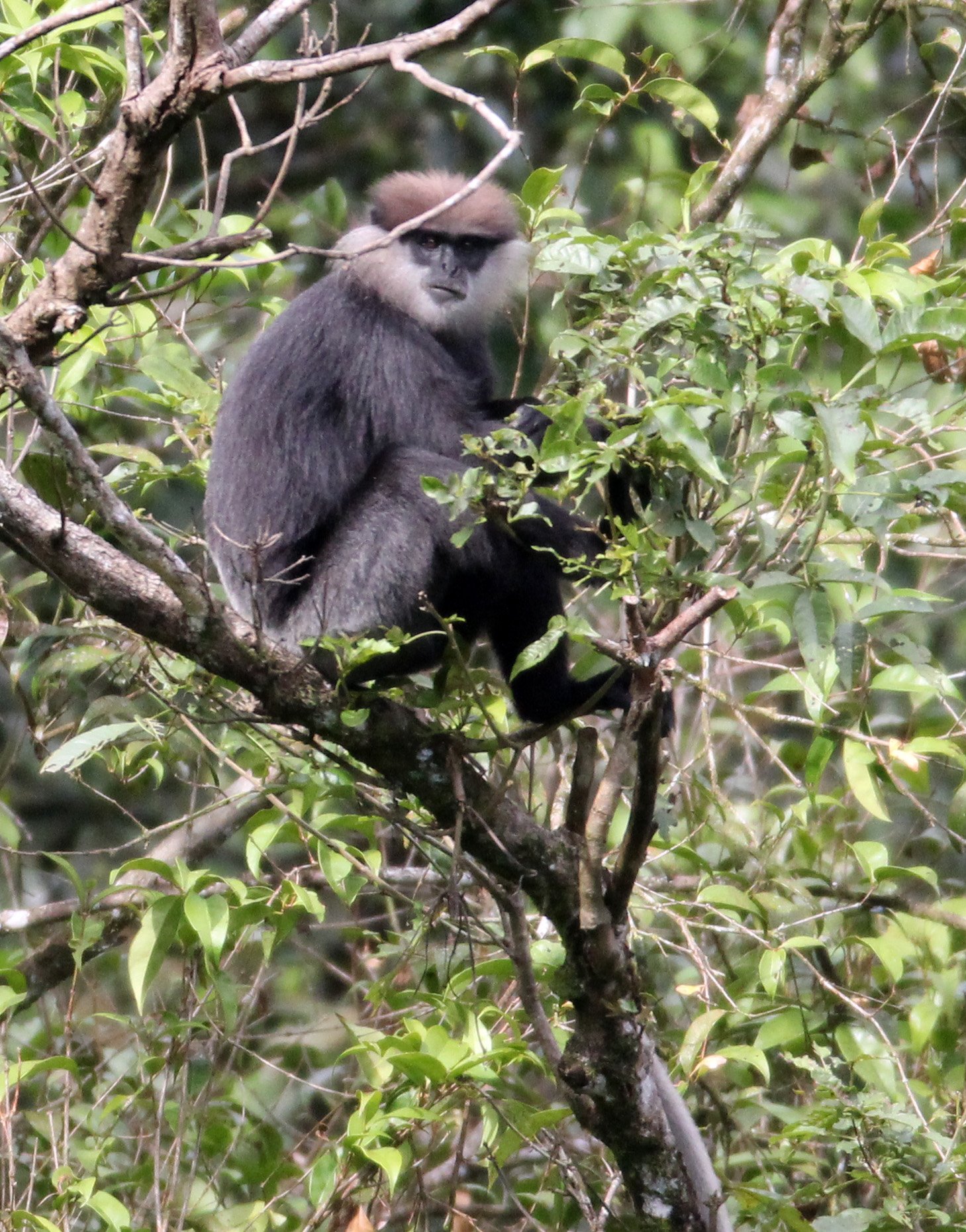










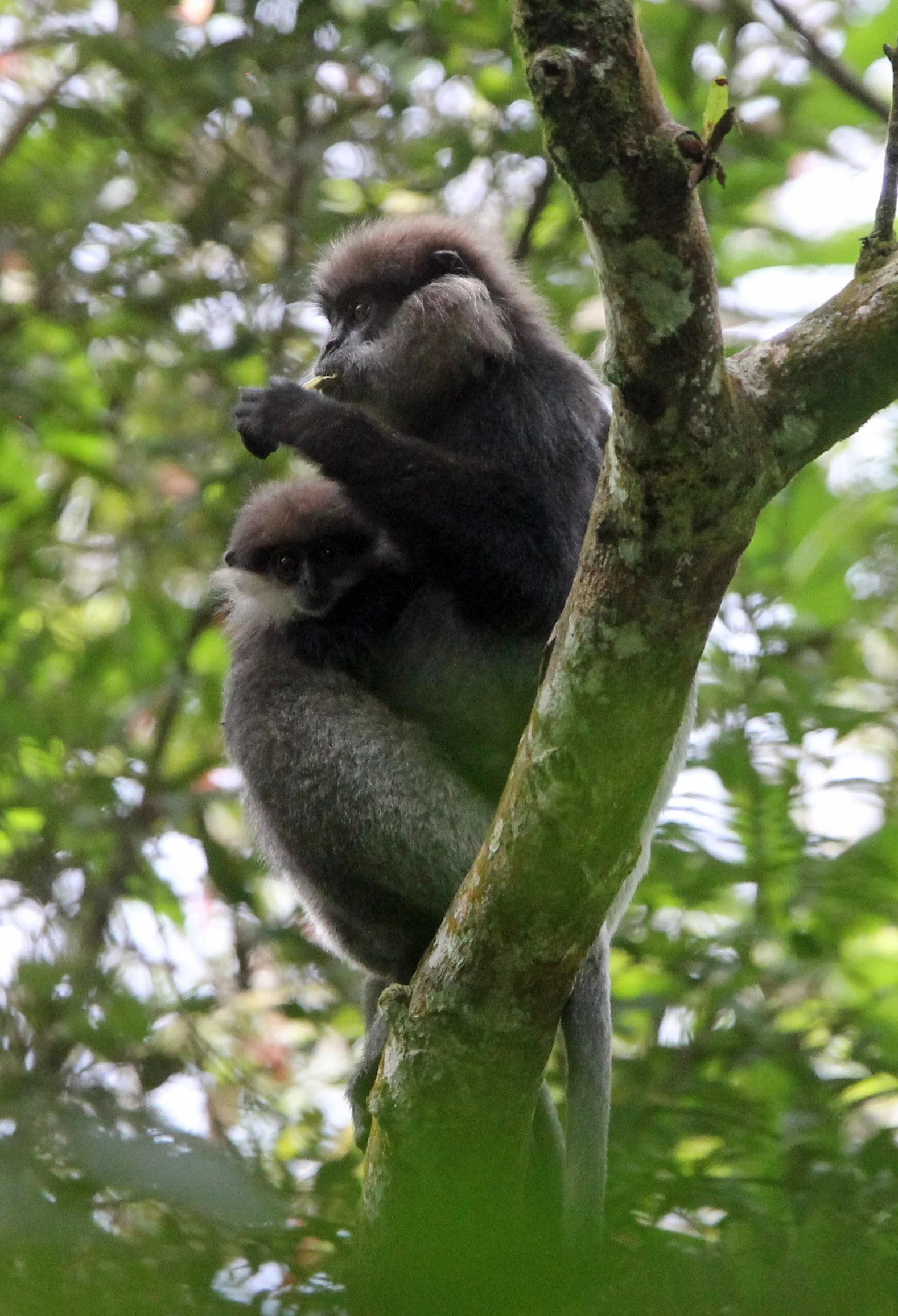


Dry Zone Purple-faced Monkey (Semnopithecus vetulus philbricki) - Srigiriya Forest Sri Lanka

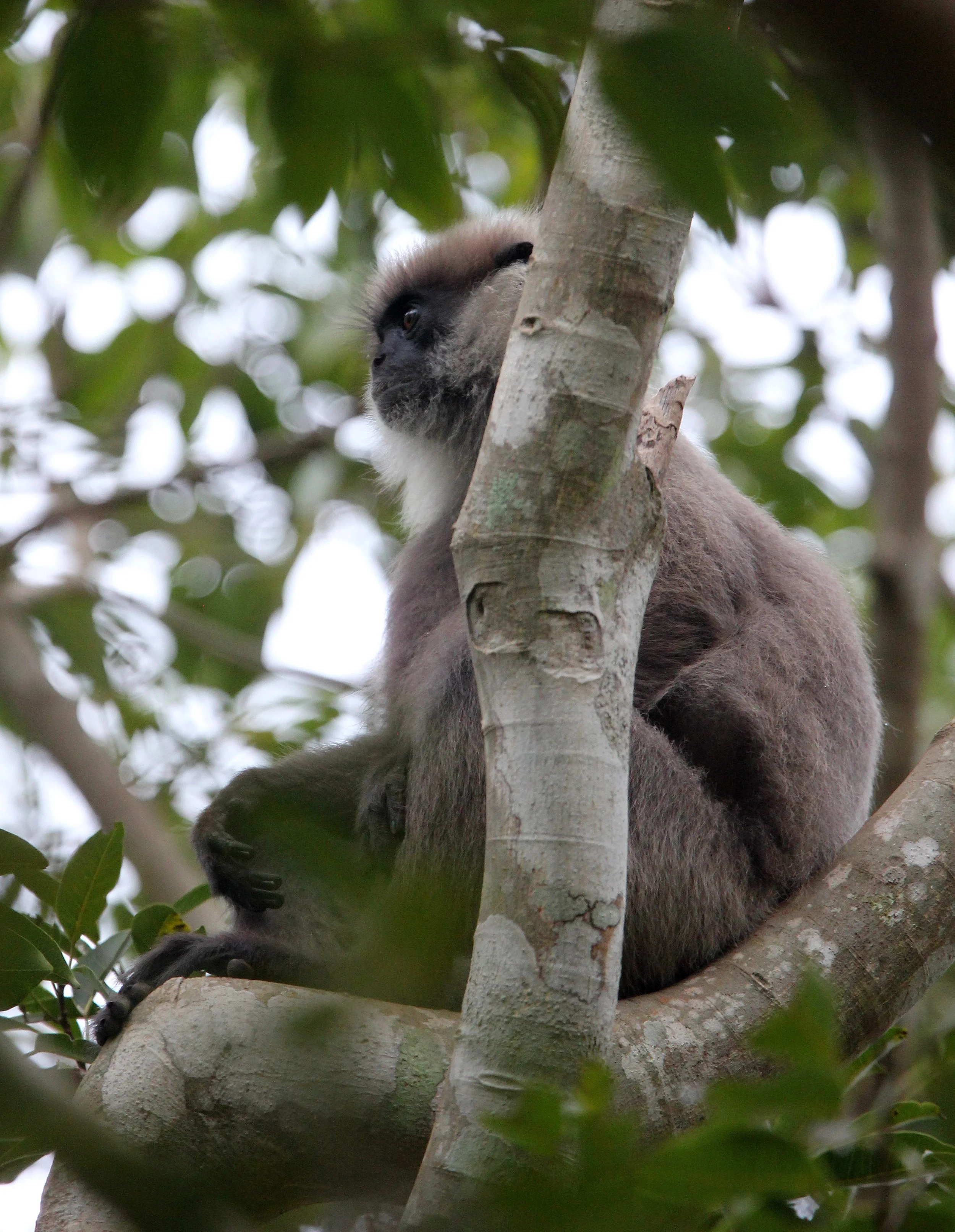


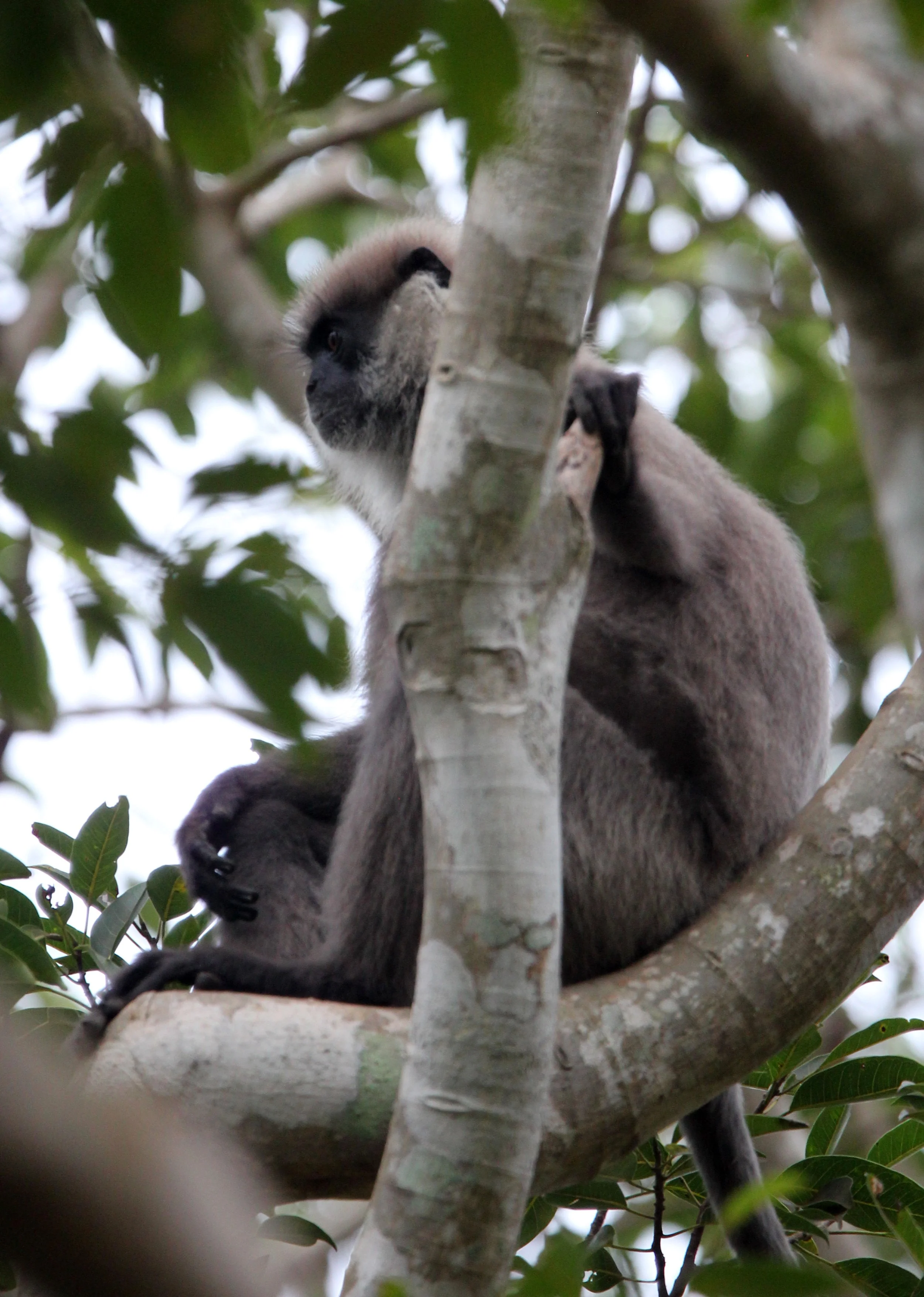

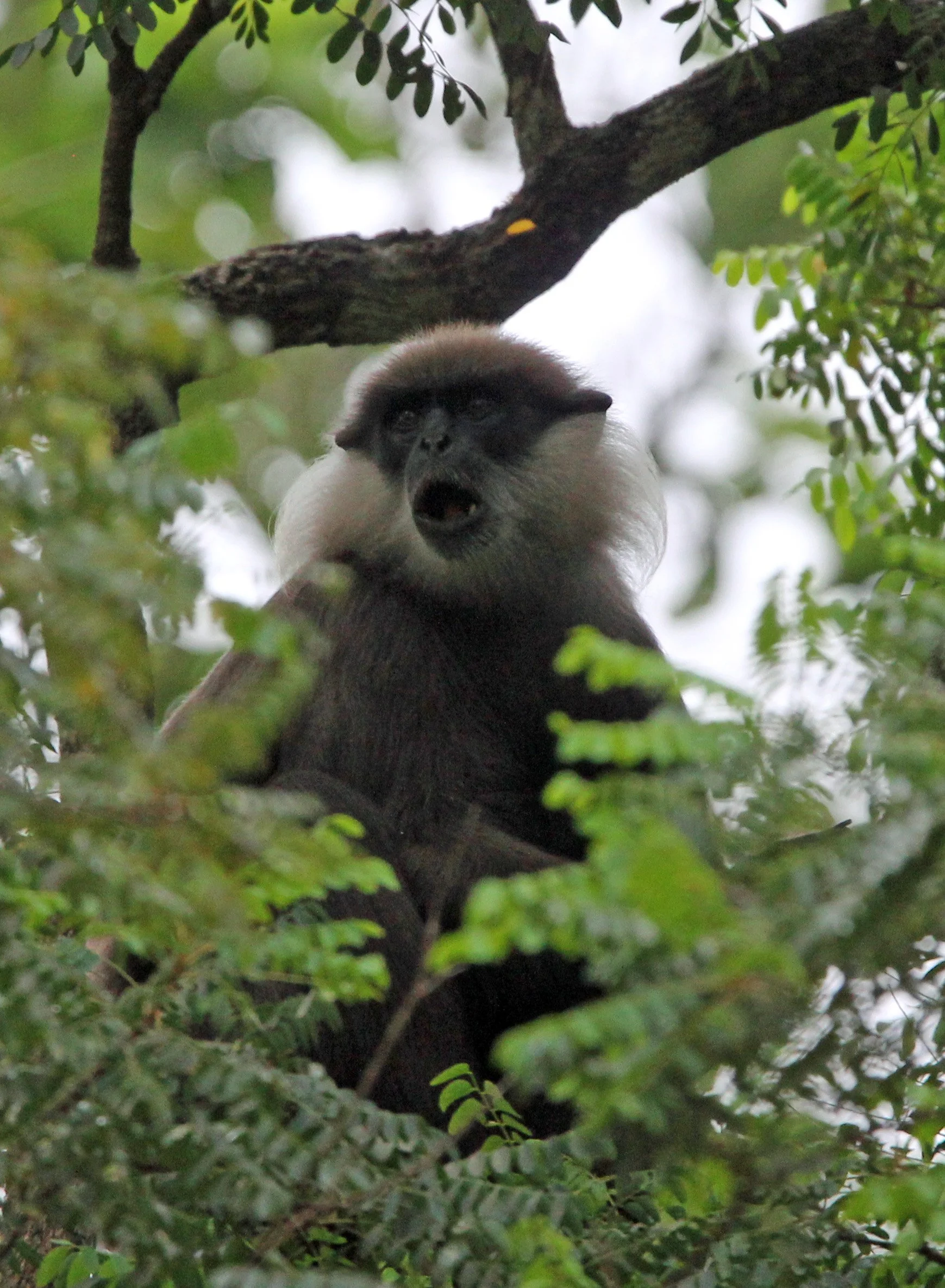



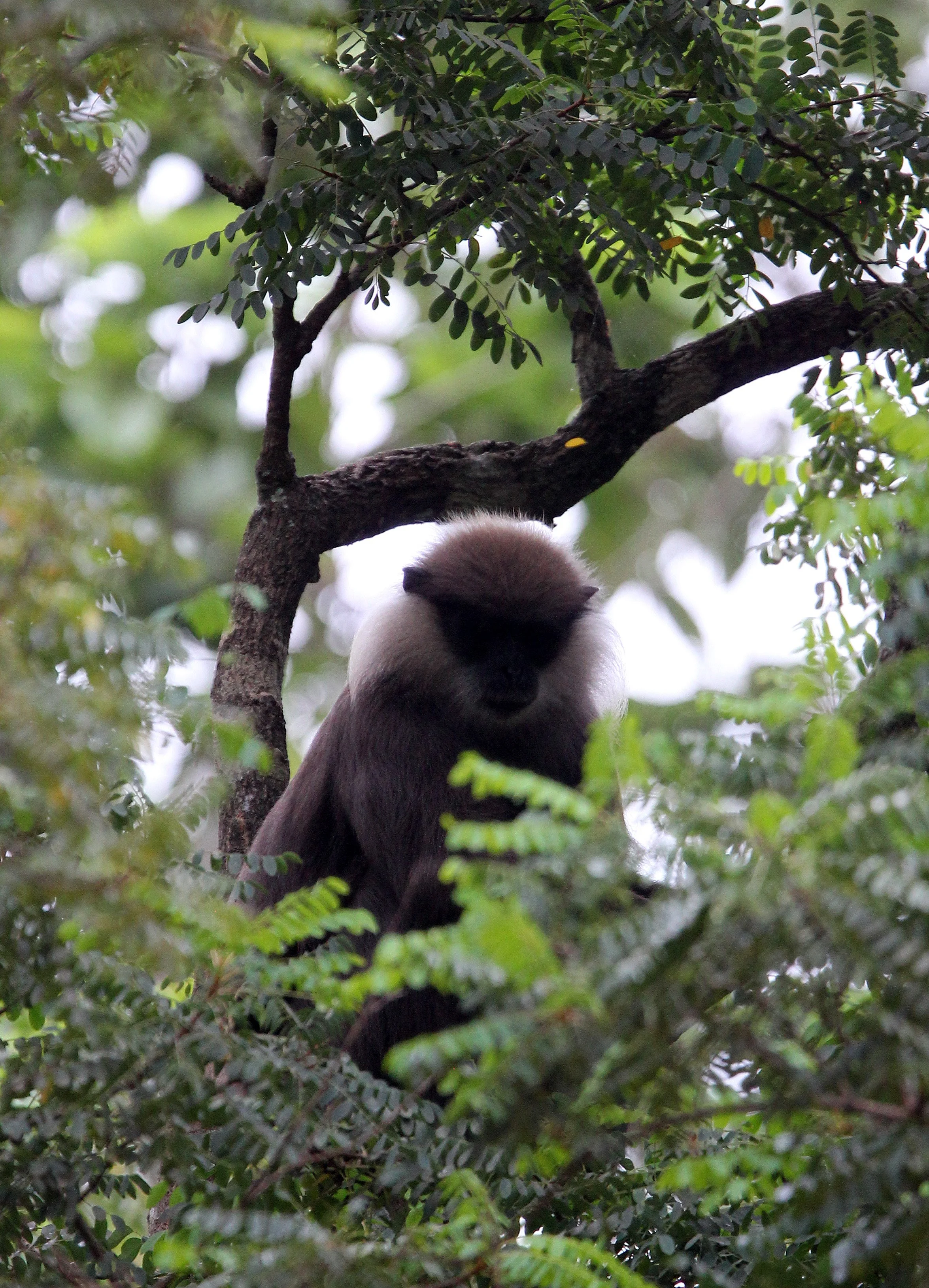

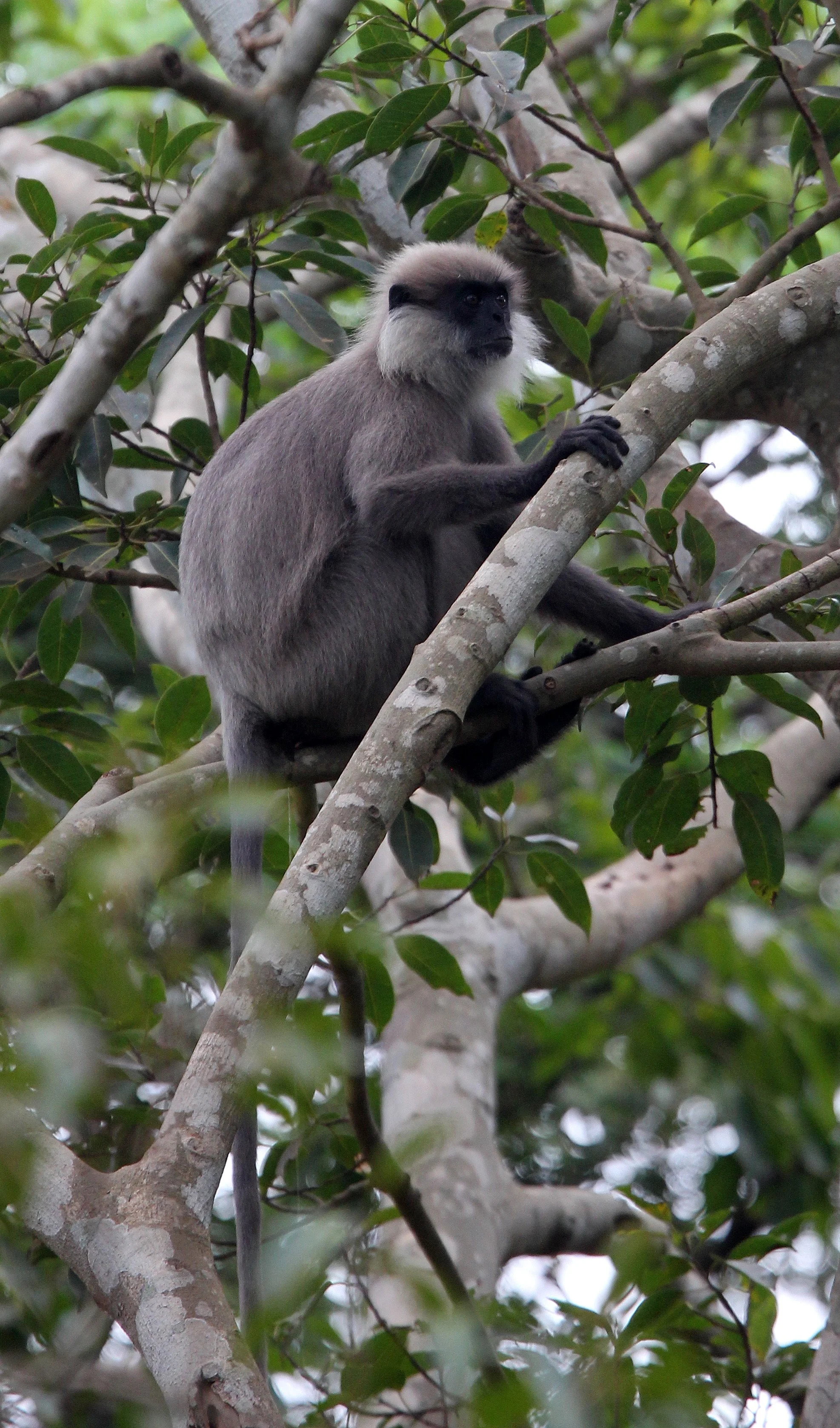


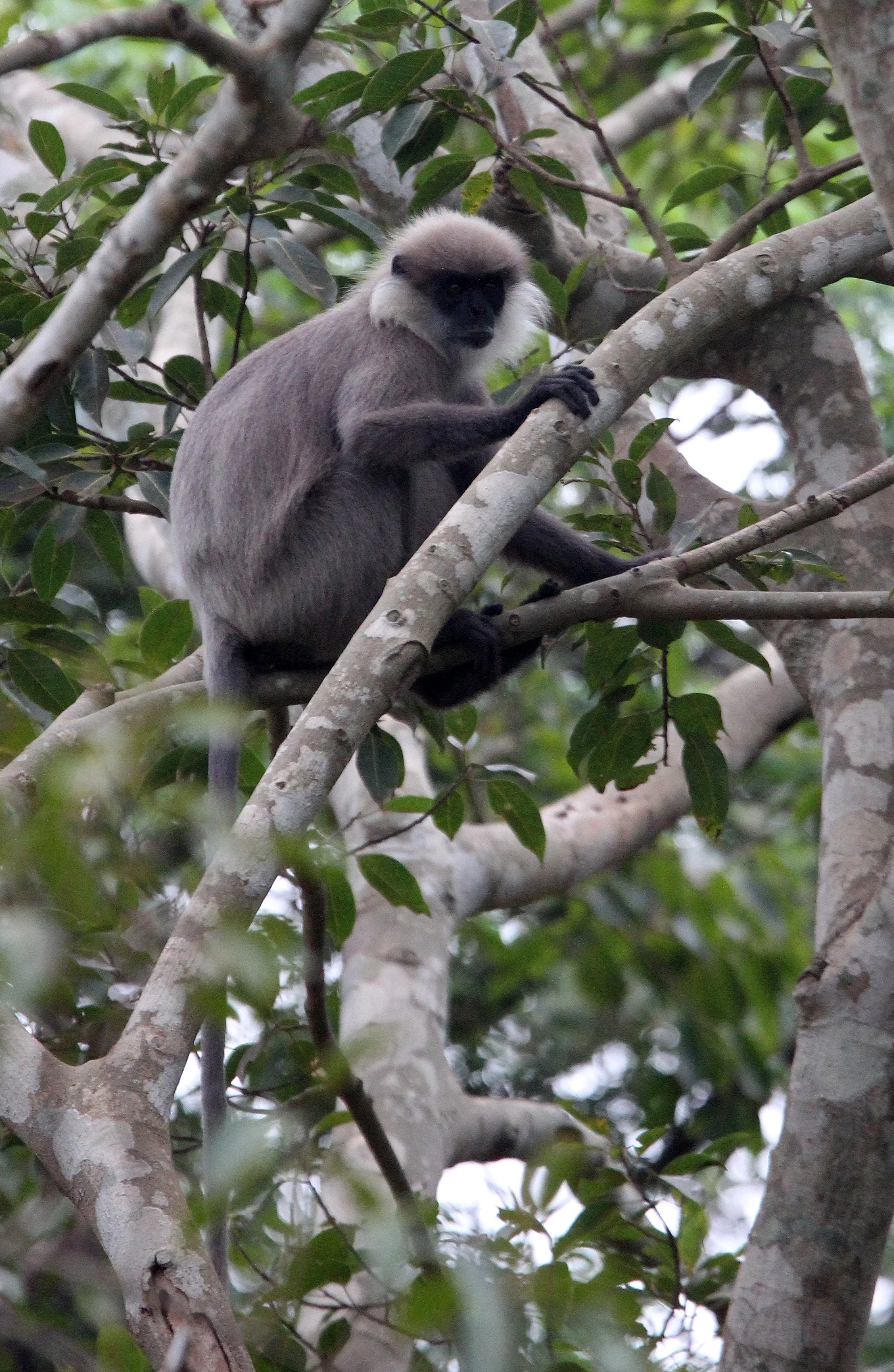
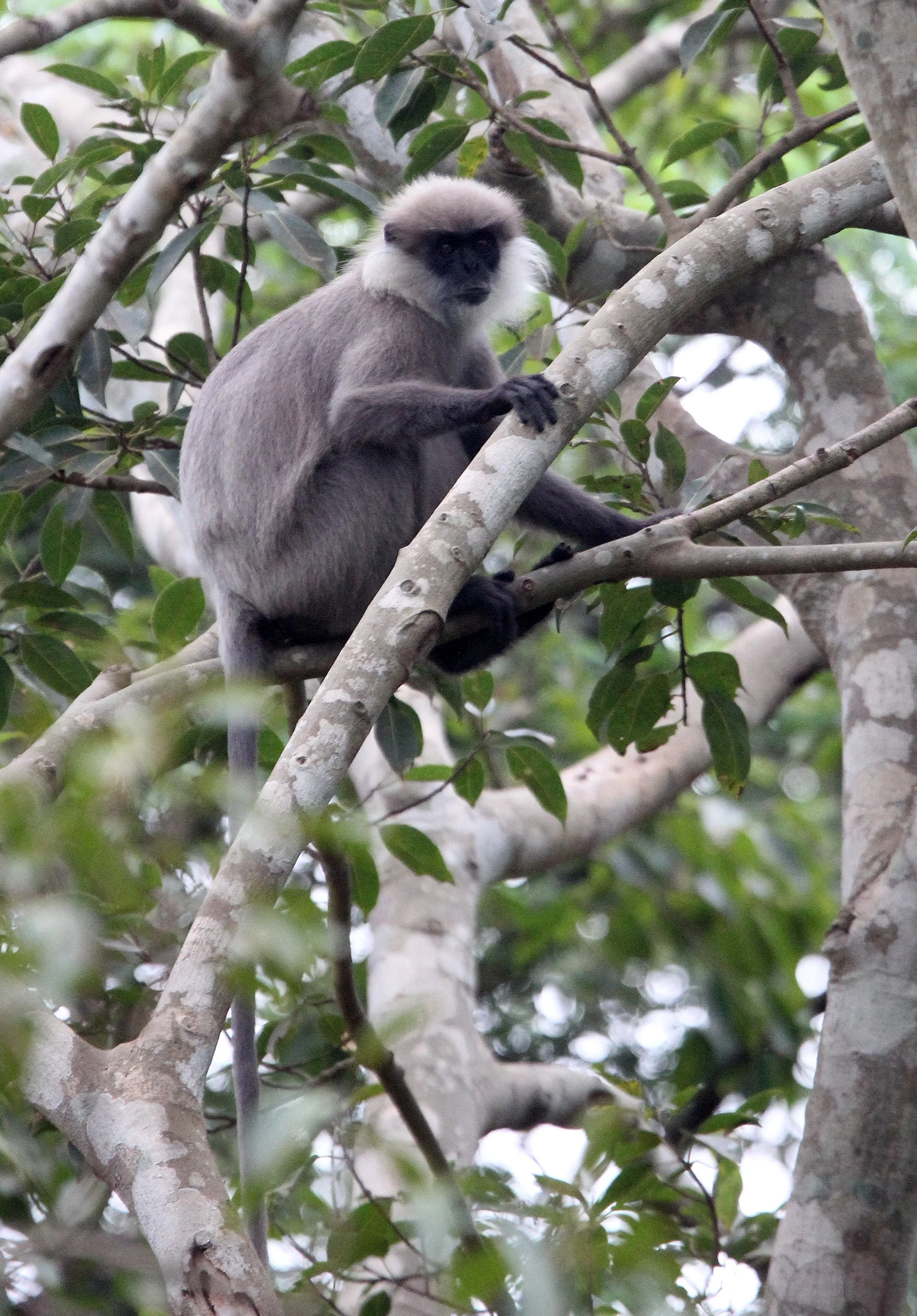






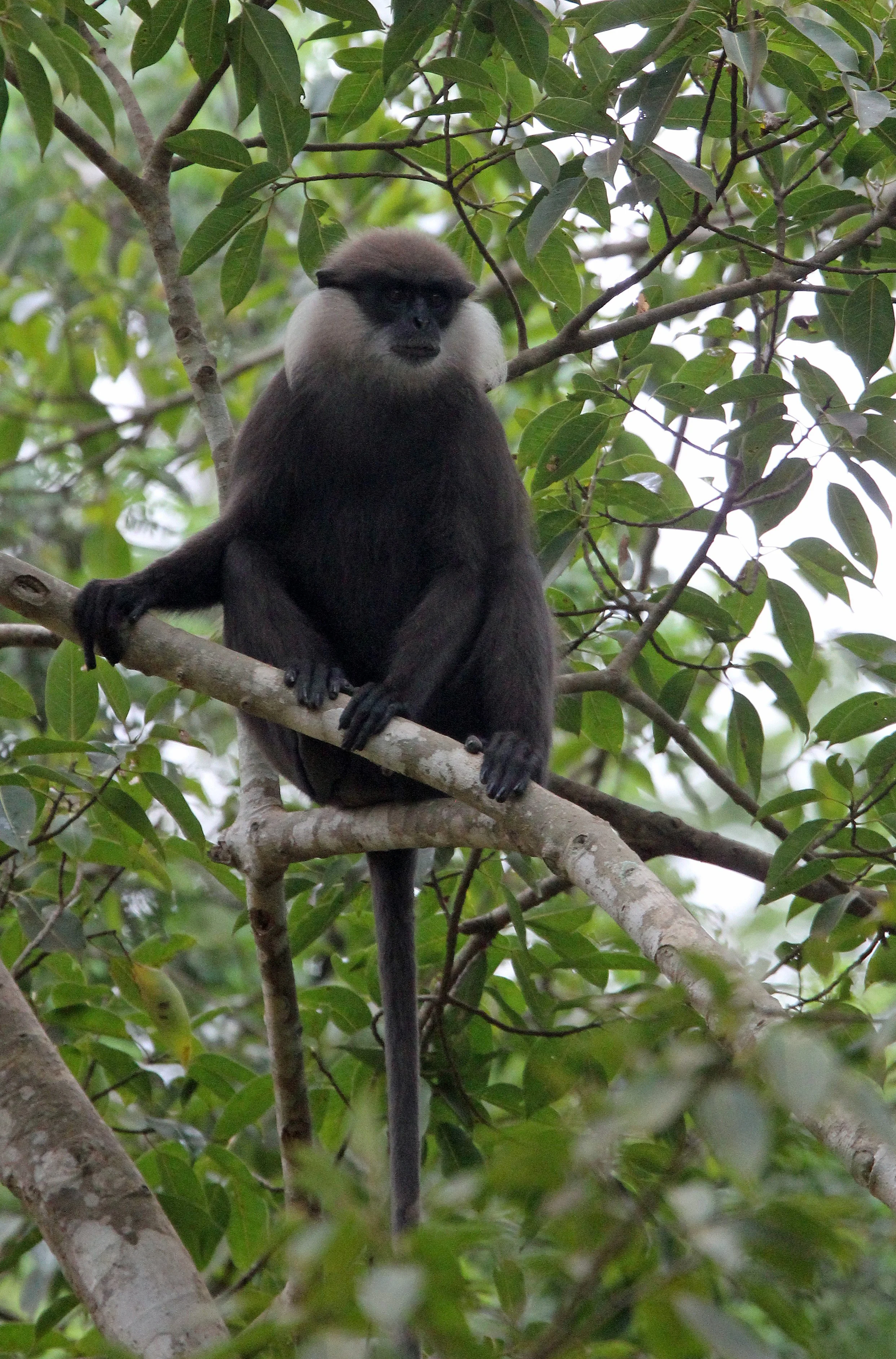
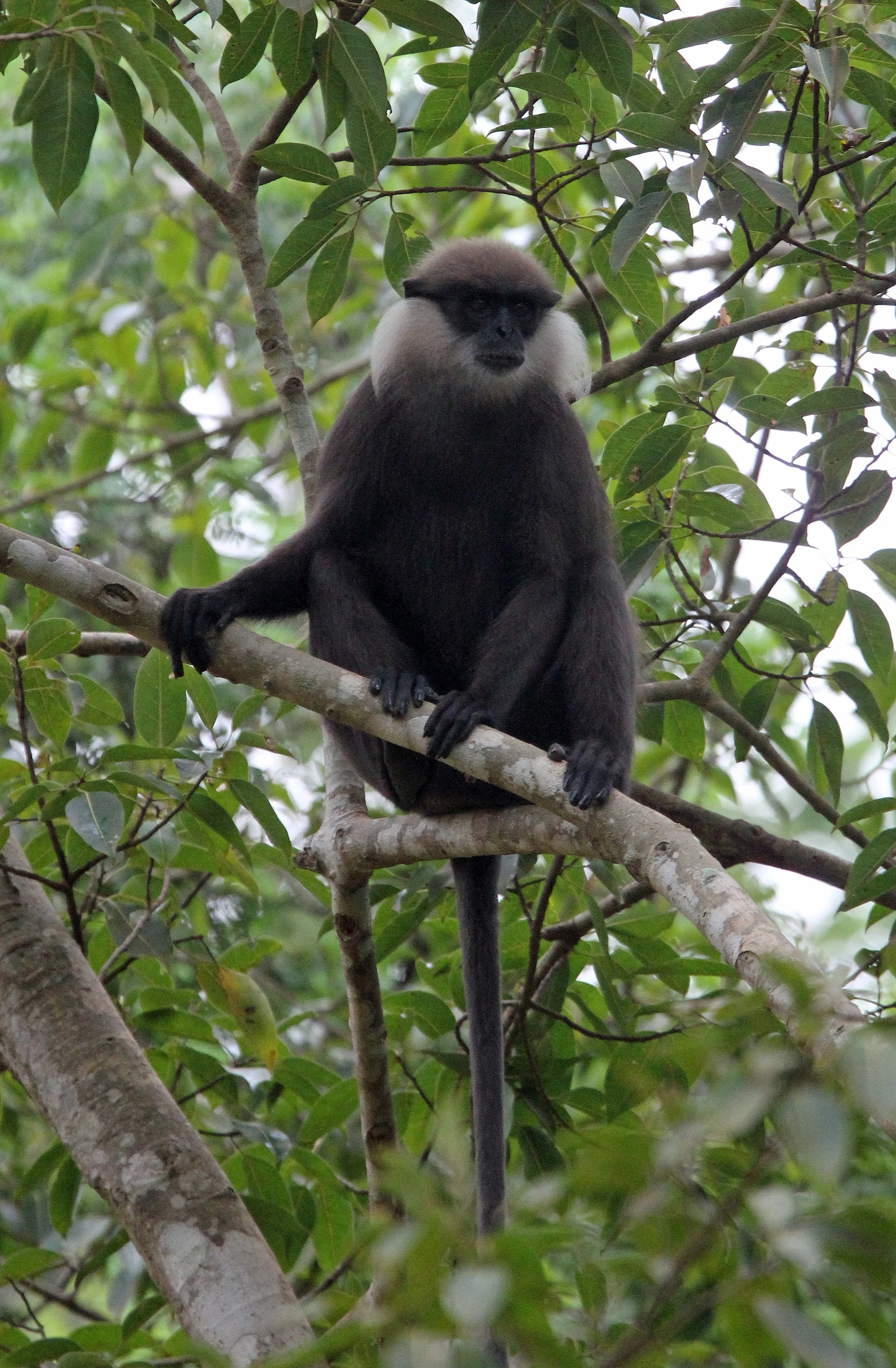


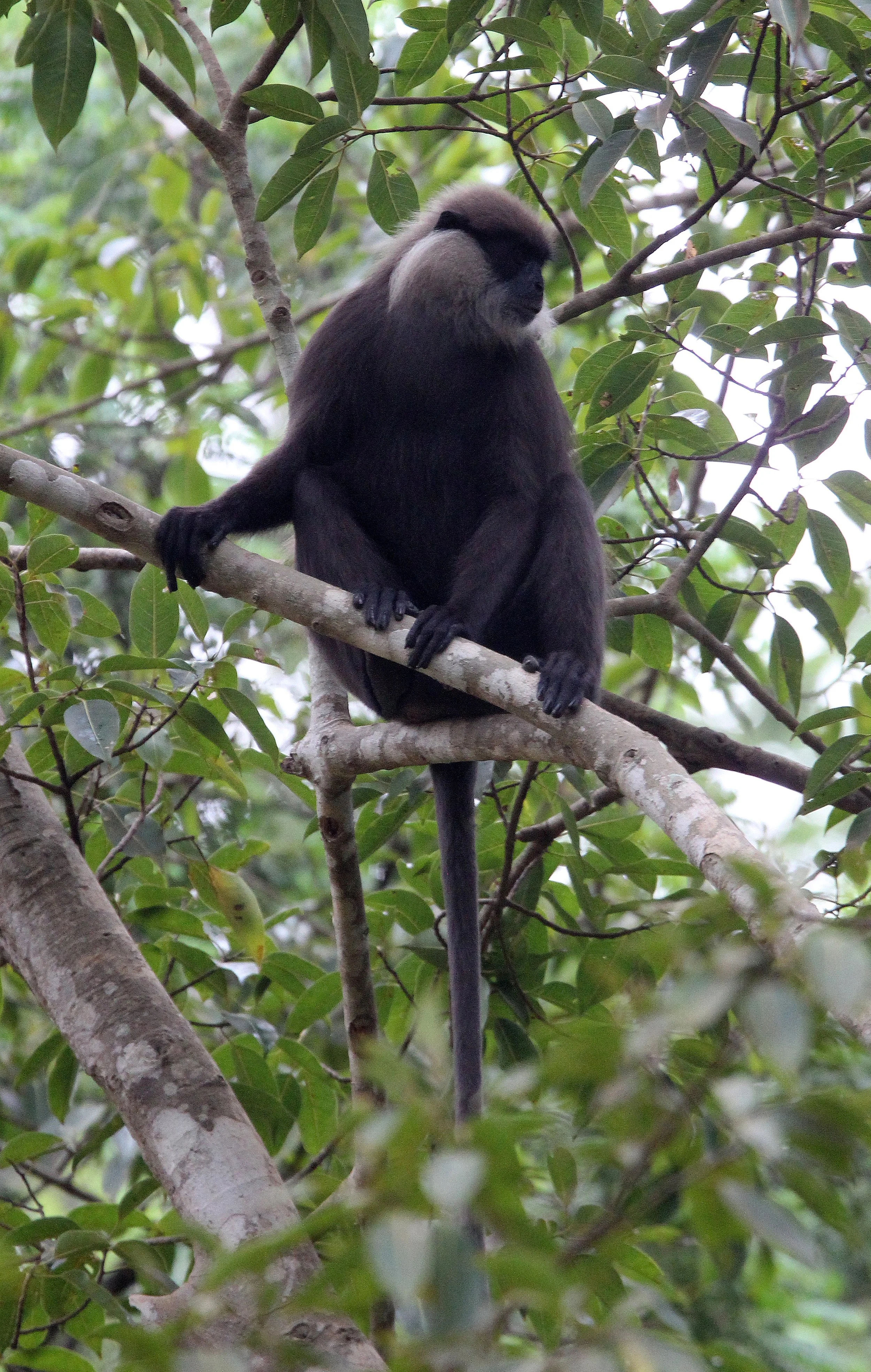


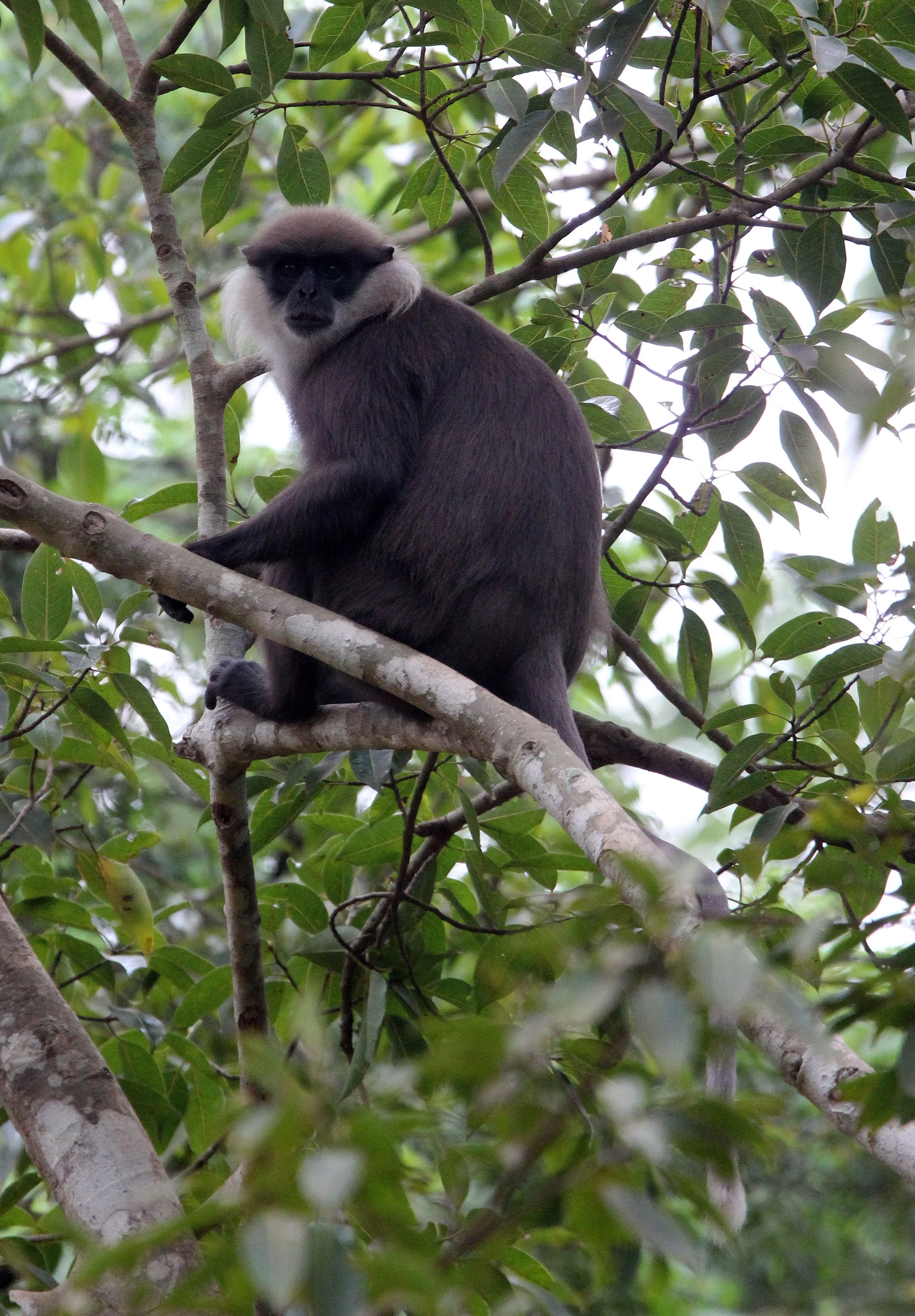






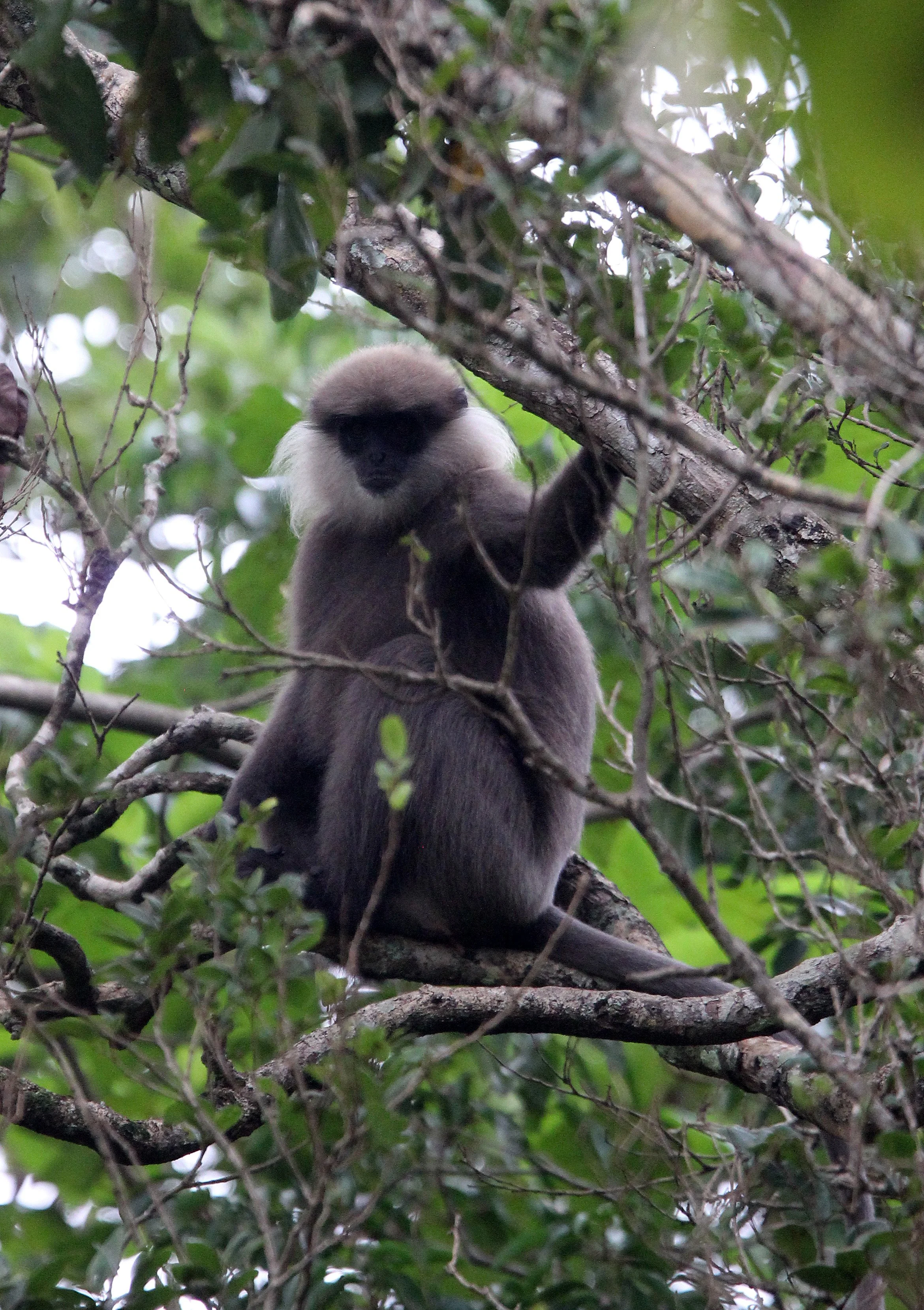






Lowland Purple-faced Leaf Monkey (Semnopithecus vetulus vetulus) Kitulgala National Forest Sri Lanka




